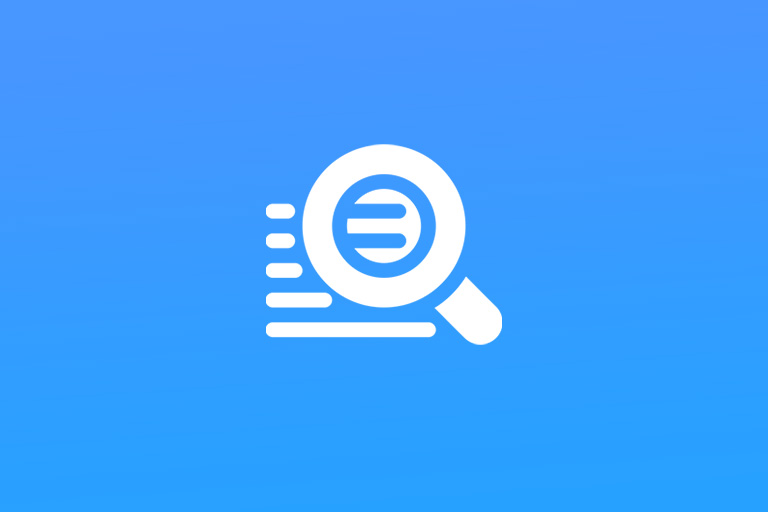To maintain a competitive edge, it's essential to explore diverse market research methods. This article outlines eight types of market research and how they can be effectively utilized to meet business objectives.
Choosing the Right Market Research
Selecting the appropriate type of market research depends on your specific business needs and goals. This guide will help you understand different research types and provide tips on when to use each.
1. Brand Research
Purpose: To create and manage a company's brand identity by understanding public perception and brand positioning.
When to Use: Applicable at any stage of a business lifecycle, including creation, product launches, and rebranding.
Methods: Competitor analysis, focus groups, interviews, and surveys to assess brand advocacy, awareness, loyalty, penetration, perception, positioning, and value.
2. Campaign Effectiveness
Purpose: To evaluate if advertising messages are reaching the right audience and achieving desired results.
When to Use: Essential when aiming to optimize advertising spend amidst a high volume of daily ads.
Methods: Quantitative research across different campaign stages to gauge audience reception and identify areas for improvement.
3. Competitive Analysis
Purpose: To evaluate competitors' strengths and weaknesses, providing insights for a competitive advantage.
When to Use: Useful for new market entries, business health checks, or strategic planning.
Methods: Analyzing competitors' strategies, customer perceptions, and sales using secondary sources and primary research like mystery shopping and focus groups.
Purpose: To understand why customers behave as they do, aiding in strategic marketing and innovation.
When to Use: Crucial for anticipating customer needs and personalizing marketing efforts.
Methods: Interviews, ethnography, surveys, social monitoring, and customer journey research to explore purchase habits, interests, and media consumption.
5. Customer Satisfaction Research
Purpose: To measure customer experiences and identify areas for improvement in products or services.
When to Use: Indicates customer retention and business performance, helping refine product quality, service reliability, and value for money.
Methods: Surveys like NPS, Voice of the Customer, and CSAT to measure satisfaction at various customer experience points.
6. Customer Segmentation Research
Purpose: To categorize customers into groups with similar traits for targeted marketing.
When to Use: Ideal for delivering personalized experiences and understanding revenue influences.
Methods: Segmenting based on demographics, geography, psychographics, and behavior through surveys, analytics, and focus groups.
7. Product Development
Purpose: To use customer insights in the creation or enhancement of products and services.
When to Use: During conception, formation, and introduction stages to minimize risks associated with new product launches.
Methods: Focus groups, interviews, and user testing to refine product concepts and strategies.
8. Usability Testing
Purpose: To observe how customers interact with products to identify usability issues.
When to Use: Before launching prototypes or beta versions to prevent costly post-launch corrections.
Methods: Journey testing, eye tracking, learnability studies, click tracking, and checklist testing for both physical and digital products.
When tackling a business challenge or question, choose the appropriate market research methods and tools, such as automation, to streamline the process. This approach will unlock valuable data and actionable insights, keeping your business ahead of the curve.
Get Professional App Marketing Service With FoxData
Ready to make your app shine? Optimize your app's visibility with FoxData, the ultimate ASO tool! Maximize downloads and rankings by leveraging our powerful insights today. Then, boost your digital presence with FoxAdvert, our expert digital marketing agency! Partner with our expert team for targeted advertising strategies that drive results. Let's get started!







